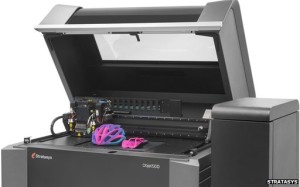
Great renewable material that is also biodegradable…
Australia: New Plastic Means Almost Anything Can Be Made From Hemp
Today's plastics are made from petroleum, which means we are polluting the atmosphere and putting products that cannot biodegrade into our environment. But Zeoform, a new company based in Australia has created a new kind of plastic made only from water and cellulose taken from hemp plants — meaning the plastic is not only eco-friendly but biodegradable.
The company's patented process converts the cellulose fibers found in hemp into a super-strong, high tech molding material capable of being formed into 100 percent nontoxic and biodegradable products, reports Joe Martino at Collective Evolution.
The company hopes to expand its patented technology and start offering manufacturing licenses to larger facilities around the world. Switching over from non-sustainable and toxic forms of plastic to Zeoform plastic can be done with existing infrastructure, according to the company.
The company says their product relies only upon the natural process of hydrogen bonding that takes place when cellulose fibers are mixed with water. No glue or other bonding material is necessary, because the bond already created is so strong.
The final material can be turned into almost anything, and can be cut, routed, machined, drilled, screwed, nailed and glued in the same way wood can be. It can also be colored and finished however product manufacturers would like.
Zeoform plastic is water- and fire-resistant naturally, and can be enforced further in both categories with added ingredients. It can be made into anything from car bumpers to paper, furniture, and even musical instruments.







